The Europe and South and Central America Insect Pest Control Market size is projected to reach US$ 6.68 billion by 2031 from US$ 4.62 billion in 2024. The market is expected to register a CAGR of 5.5% during 2025–2031.
Europe and South and Central America Insect Pest Control Market Analysis
The Europe and South and Central America insect pest control market is expanding rapidly, driven by growing public health concerns and increased awareness of health risks associated with vector-borne diseases. The European Public Health Association, European Public Health Alliance, and other governing bodies have intensified efforts to mitigate the spread of Lyme disease, West Nile virus disease, Zika virus infection, and dengue, among other infections caused by insects, which have led to an increasing trajectory of cases across states and provinces in Europe and South and Central America countries. A transformative trend in the market is the integration of artificial intelligence (AI) and the Internet of Things (IoT) into integrated pest management (IPM) systems. Initiatives like FACT-AI, funded by the USDA's National Institute of Food and Agriculture, aim to provide growers with open-source pest identification and decision-support tools tailored for small-grain systems.
Europe and South and Central America Insect Pest Control Market Overview
The Europe and South and Central America insect pest control market is experiencing significant growth, driven by climate change and urbanization, which have led to increased pest infestations and a rising demand for sustainable pest control solutions. Enhanced awareness of IPM practices and stricter regulations on chemical pesticide use are also contributing to this trend. Advancements in precision pest control technologies, such as AI-driven monitoring systems and drone-based pesticide applications, also benefit the Europe and South and Central America insect pest market.
Customize This Report To Suit Your Requirement
You will get customization on any report - free of charge - including parts of this report, or country-level analysis, Excel Data pack, as well as avail great offers and discounts for start-ups & universities
Europe and South and Central America Insect Pest Control Market: Strategic Insights
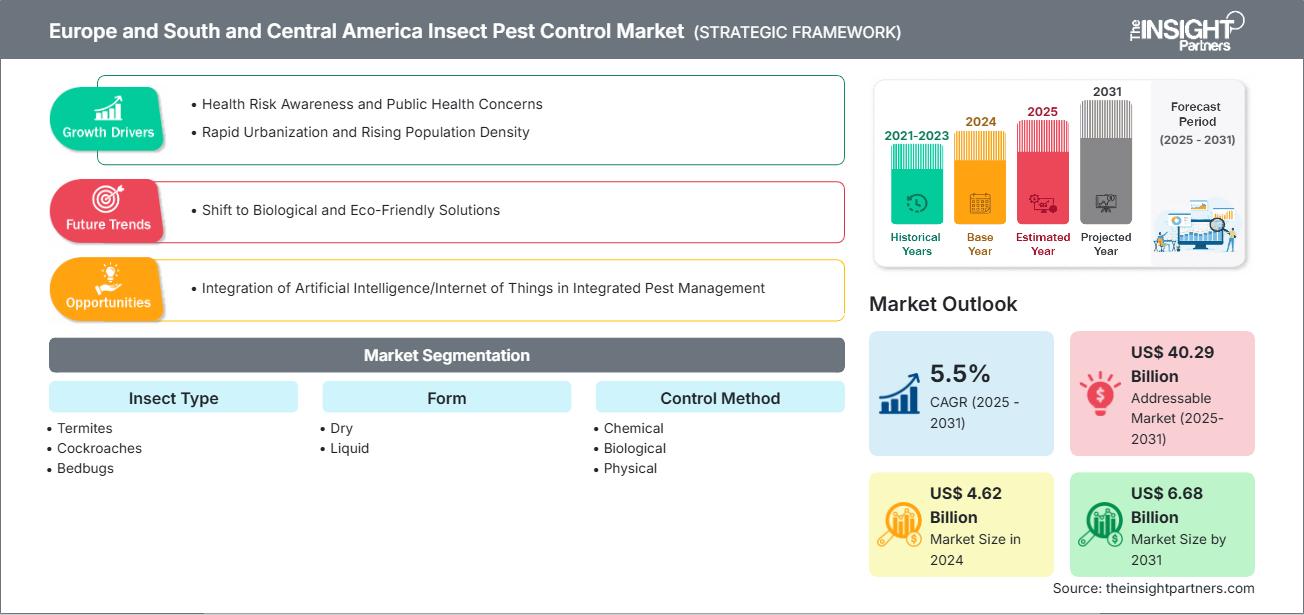
- Get Top Key Market Trends of this report.This FREE sample will include data analysis, ranging from market trends to estimates and forecasts.
You will get customization on any report - free of charge - including parts of this report, or country-level analysis, Excel Data pack, as well as avail great offers and discounts for start-ups & universities
Europe and South and Central America Insect Pest Control Market: Strategic Insights

- Get Top Key Market Trends of this report.This FREE sample will include data analysis, ranging from market trends to estimates and forecasts.
Europe and South and Central America Insect Pest Control Market Drivers and Opportunities
Market Drivers:
- Urbanization and Population Density: By 2050, over 83.7% of Europe's population is expected to reside in urban areas, significantly increasing the demand for pest control services in densely populated regions, particularly in Western Europe.
- Health Risks with Pests The rising prevalence of vector-borne diseases such as Lyme disease and West Nile virus is heightening public awareness of the health hazards posed by pest infestations, driving demand for pest control solutions.
- Regulatory Pressure on Biocides The EU's Biocidal Products Regulation (BPR) enforces rigorous safety assessments, prompting companies to develop safer, low-toxicity alternatives and adopt integrated pest management (IPM) approaches.
- Technological Advancements in Pest Control The integration of smart technologies, such as IoT-enabled traps and AI-driven analytics, is enhancing the efficiency and effectiveness of pest management systems.
- Growing Awareness of Pest-Related Health Risks An increasing awareness of health risks associated with pests is driving demand for pest control solutions, particularly in urban areas.
- Increasing Adoption of Biopesticides The shift toward environmentally sustainable pest management is driving the uptake of biopesticides. These solutions offer effective pest control while minimizing harm to non-target organisms and ecosystems.
Market Opportunities:
- Rising Demand for Biopesticides and Eco-Friendly Solutions Growing consumer and regulatory pressure for sustainable, low-toxicity pest control products in both regions drives biopesticide adoption.
- Integration of Smart Technologies (IoT, AI, Automation) The deployment of IoT-enabled monitoring systems, AI-driven analytics, and automated pest control devices is enhancing operational efficiency while reducing reliance on chemical treatments.
- Expansion in Urban and Agricultural Pest Management Rapid urbanization in Europe and the expansion of agribusinesses in South America are driving demand for comprehensive pest control services across residential, commercial, and agricultural sectors.
- Innovation in Genetically Resistant Crops and Control Methods Breakthroughs in genome sequencing—such as research on leafhoppers in South America—are enabling the development of pest-resistant crop varieties, thereby minimizing the need for chemical interventions.
- Advancements in Vector Control for Public Health Rising incidence of vector-borne diseases (dengue, Zika, Lyme) drives investment in innovative mosquito and pest control strategies, including biological and genetic approaches.
- Supportive Government Policies and Regulations EU Green Deal and stringent South American public health initiatives encourage the development and adoption of integrated pest management and safer pest control alternatives.
Europe and South and Central America Insect Pest Control Report Segmentation Analysis
To offer a comprehensive understanding of market dynamics, growth opportunities, and emerging trends, the Europe and South and Central America insect pest control market is typically segmented as follows:
By Insect Type:
- Termites Pest control for termites involves using chemical barriers and baiting systems to prevent wood damage by these wood-destroying insects.
- Cockroaches Cockroach control typically employs insecticides, baits, and sanitation measures to eliminate these disease-carrying pests from residential and commercial spaces.
- Bedbugs Bedbug management relies on heat treatments, insecticides, and vacuuming to eradicate these blood-feeding pests that infest sleeping areas.
- Mosquitoes Mosquito control uses larvicides, adulticides, biological agents, and genetic techniques to reduce populations and limit disease transmission.
- Ants Ant control includes baiting, insecticide sprays, and habitat modification to disrupt colonies and prevent infestations in homes and agriculture.
- Flies Fly control involves traps, insecticides, sanitation, and biological agents to manage fly populations in urban, agricultural, and food-processing environments.
- Others This segment covers control methods for a variety of pests like beetles, moths, and weevils, using chemical, biological, and mechanical approaches tailored to specific insect behaviors.
By Form:
- Dry Form Dry insecticides, such as powders, dusts, and granules, are made by mixing active ingredients with inert carriers and are used for targeted application in cracks, soil, or crops to provide long-lasting pest control.
- Liquid Form Liquid insecticides are formulated by dissolving active chemicals in solvents or water-based carriers and are applied via sprays or foggers for quick, broad-area pest elimination and residual protection.
By Control Method:
- Chemical Control Chemical control uses synthetic or natural insecticides to kill or repel pests through contact, ingestion, or inhalation, providing quick and effective pest management.
- Physical Control Physical control involves mechanical methods like traps, barriers, heat treatments, or manual removal to prevent or reduce pest infestations without chemicals.
- Biological Control Biological control employs natural predators, parasites, or pathogens to suppress pest populations sustainably by disrupting their life cycles or behavior.
By Category:
- Synthetic Synthetic insecticides are chemically manufactured compounds designed to kill or repel pests quickly and effectively, often providing long-lasting residual effects.
- Herbal/Natural Herbal or natural insecticides are derived from plant extracts or naturally occurring substances and are used as eco-friendly alternatives with lower toxicity to humans and the environment.
By Applications:
- Residential/Household Pest control products for residential use are designed to protect homes from common pests like ants, cockroaches, and termites, using safe and easy-to-apply formulations such as sprays and baits.
- Commercial Facilities In commercial settings like offices, hotels, and restaurants, pest control involves regular monitoring and treatment to maintain hygiene and comply with health regulations.
- Animal Husbandry Pest control in animal husbandry focuses on managing parasites and insects that affect livestock health and productivity, using insecticides and repellents that are safe for animals.
- Industrial Industrial pest control targets pests in manufacturing and storage facilities to prevent contamination and damage, often using integrated pest management systems and automated treatments.
- Crop Protection Crop protection employs insecticides, biopesticides, and other methods to safeguard crops from insect damage, ensuring higher yields and quality in agriculture.
By Geography:
- Europe
- South America
The insect pest control market in South America is expected to witness the fastest growth. Increasing use of innovative biological control methods and genetically resistant crops to combat agricultural pests and vector-borne diseases.
Europe and South and Central America Insect Pest Control Market Report Scope
Report Attribute
Details
Market size in 2024
US$ 4.62 Billion
Market Size by 2031
US$ 6.68 Billion
Global CAGR (2025 - 2031)
5.5%
Historical Data
2021-2023
Forecast period
2025-2031
Segments Covered
By Insect Type - Termites
- Cockroaches
- Bedbugs
- Mosquitoes
- Ants
- Flies
- Others
By Form - Dry
- Liquid
By Control Method - Chemical
- Biological
- Physical
By Category - Synthetic
- Herbal/Natural
Regions and Countries Covered
Europe - Germany
- France
- Italy
- Spain
- the United Kingdom
- Austria
- Switzerland
- Hungary
- Belgium
- the Netherlands
- Luxembourg
- Portugal
- Rest of Europe
South America - Brazil
- Argentina
- Ecuador
- Peru
- Colombia
- Venezuela
- Rest of South America
Market leaders and key company profiles
- BASF SE
- SC Johnson and Son Inc
- Jesmond BioScience GesmbH
- Sumitomo Chemical Co Ltd
- 3M Co
- Rentokil Initial Plc
- Thermacell
- Henkel AG & Co KGaA
- Reckitt Benckiser Group Plc
- Rollins Inc
Europe and South and Central America Insect Pest Control Market Players Density: Understanding Its Impact on Business Dynamics
Europe and South and Central America Insect Pest Control Market Report Scope
| Report Attribute | Details |
|---|---|
| Market size in 2024 | US$ 4.62 Billion |
| Market Size by 2031 | US$ 6.68 Billion |
| Global CAGR (2025 - 2031) | 5.5% |
| Historical Data | 2021-2023 |
| Forecast period | 2025-2031 |
| Segments Covered |
By Insect Type
|
| Regions and Countries Covered | Europe
|
| Market leaders and key company profiles |
|
Europe and South and Central America Insect Pest Control Market Players Density: Understanding Its Impact on Business Dynamics
The Europe and South and Central America Insect Pest Control Market is growing rapidly, driven by increasing end-user demand due to factors such as evolving consumer preferences, technological advancements, and greater awareness of the product's benefits. As demand rises, businesses are expanding their offerings, innovating to meet consumer needs, and capitalizing on emerging trends, which further fuels market growth.
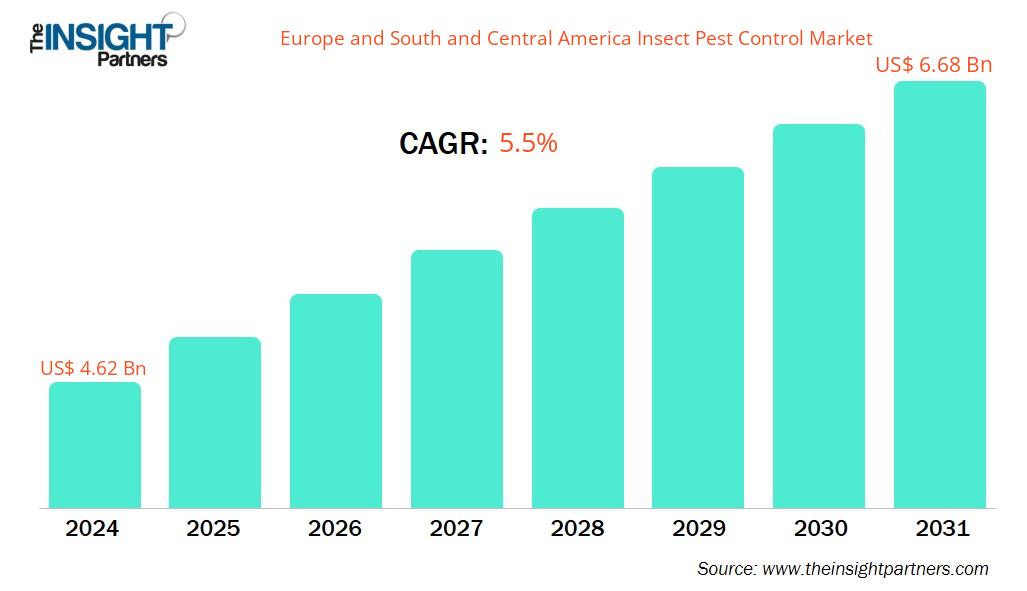
- Get the Europe and South and Central America Insect Pest Control Market top key players overview
Europe and South and Central America Insect Pest Control Market Share Analysis by Geography
South America is expected to grow the fastest in the next few years. Emerging markets in Europe also have many untapped opportunities for insect pest control providers to expand.
The insect pest control market grows differently in each region owing to urbanization and population growth, agricultural expansion, health awareness, regulatory support, and technological advancements. Below is a summary of market share and trends by region:
1. Europe
- Market Share: Growing market with steady progress
- Key Drivers:
- Invasive Species Threats
- Public Health Concerns
- Climate Change Impact
- Trends: Rise in eco-friendly biopesticides and smart pest control
2. South America
- Market Share: Substantial share due to health awareness
- Key Drivers:
- Agricultural Productivity Concerns
- Adoption of Biopesticides
- Trends: Growth in biological controls and pest-resistant crops
Europe and South and Central America Insect Pest Control Market Players Density: Understanding Its Impact on Business Dynamics
High Market Density and Competition
Competition is strong due to the presence of established players such as Bayer AG, BASF SE, Rentokil Initial Plc, Anticimex, and Syngenta AG. Regional and niche providers such as Koppert Biological Systems, Jesmond BioScience GesmbH, and Henkel are also adding to the competitive landscape across different regions.
This high level of competition urges companies to stand out by offering:
- Developing eco-friendly, effective, and smart pest control solutions
- Use of IoT, AI, and data analytics in pest management services
- Commitment to green and sustainable pest control methods
Opportunities and Strategic Moves
- Increasing urban populations drive demand for residential and commercial pest control services.
- Companies could increase investment in research for novel biopesticides, genetic pest control, and digital technologies.
- Promote eco-friendly and health-conscious products to align with evolving consumer preferences.
Major Companies operating in the Europe and South and Central America Insect Pest Control Market are:
- BASF SE
- SC Johnson and Son Inc
- Jesmond BioScience GesmbH
- Sumitomo Chemical Co Ltd
- 3M Co
- Rentokil Initial Plc
- Thermacell
- Henkel AG & Co KGaA
- Reckitt Benckiser Group Plc
- Rollins Inc
Disclaimer: The companies listed above are not ranked in any particular order.
Other companies analysed:
- Elis France
- SC Johnson Professional USA Inc
- SBM Life Science
- Dalton Engineering
- LODI UK LIMITED
- HiCare Services Pvt Ltd
- Dhanuka Agritech Ltd
- Arbuda Agrochemicals Limited
- Sumitomo Chemical India Ltd
- Katyayani
- PECOPP
- Zyax Chem
- Native Indian Organics
- GODREJ LTD
- B&G Equipment Co
- DynaTrap
Europe and South and Central America Insect Pest Control Market News and Recent Developments
- BASF has launched a new insecticide called Efficon BASF has introduced a new insecticide called "Efficon". Specifically designed to manage piercing and sucking pests that can significantly reduce crop yields. The insecticide utilizes BASF's new active ingredient, Axalion, and is formulated to offer long-lasting residual control against pests like aphids, jassids, and whiteflies. Efficon is part of BASF's efforts to develop solutions tailored for the local market.
Europe and South and Central America Insect Pest Control Market Report Coverage and Deliverables
The "Europe and South and Central America Insect Pest Control Market Size and Forecast (2021–2031)" report provides a detailed analysis of the market covering the following areas:
- Europe and South and Central America Insect Pest Control size and forecast at regional and country levels for all the key market segments covered under the scope
- Europe and South and Central America Insect Pest Control Market trends, as well as market dynamics such as drivers, restraints, and key opportunities
- Detailed Porter's Five Forces and SWOT analysis
- Europe and South and Central America Insect Pest Control Market analysis covering key market trends, regional framework, major players, regulations, and recent market developments
- Industry landscape and competition analysis covering market concentration, heat map analysis, prominent players, and recent developments for the Europe and South and Central America Insect Pest Control Market
- Detailed company profiles
Frequently Asked Questions
What are the future trends in the Europe and South and Central America insect pest control market?
What are the factors driving the Europe and South and Central America insect pest control market?
What is the expected CAGR of the Europe and South and Central America insect pest control market?
Which are the leading players operating in the Europe and South and Central America insect pest control market?
- Historical Analysis (2 Years), Base Year, Forecast (7 Years) with CAGR
- PEST and SWOT Analysis
- Market Size Value / Volume - Global, Regional, Country
- Industry and Competitive Landscape
- Excel Dataset
Recent Reports
Testimonials
Reason to Buy
- Informed Decision-Making
- Understanding Market Dynamics
- Competitive Analysis
- Identifying Emerging Markets
- Customer Insights
- Market Forecasts
- Risk Mitigation
- Boosting Operational Efficiency
- Strategic Planning
- Investment Justification
- Tracking Industry Innovations
- Aligning with Regulatory Trends












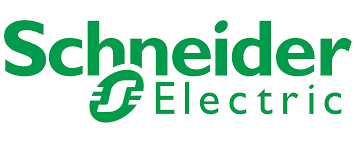


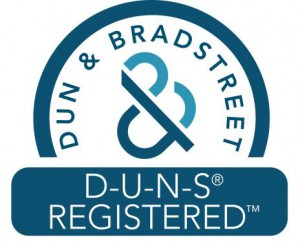
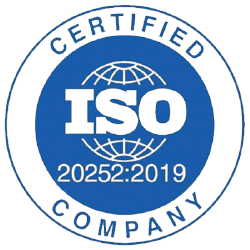
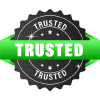



 Get Free Sample For
Get Free Sample For